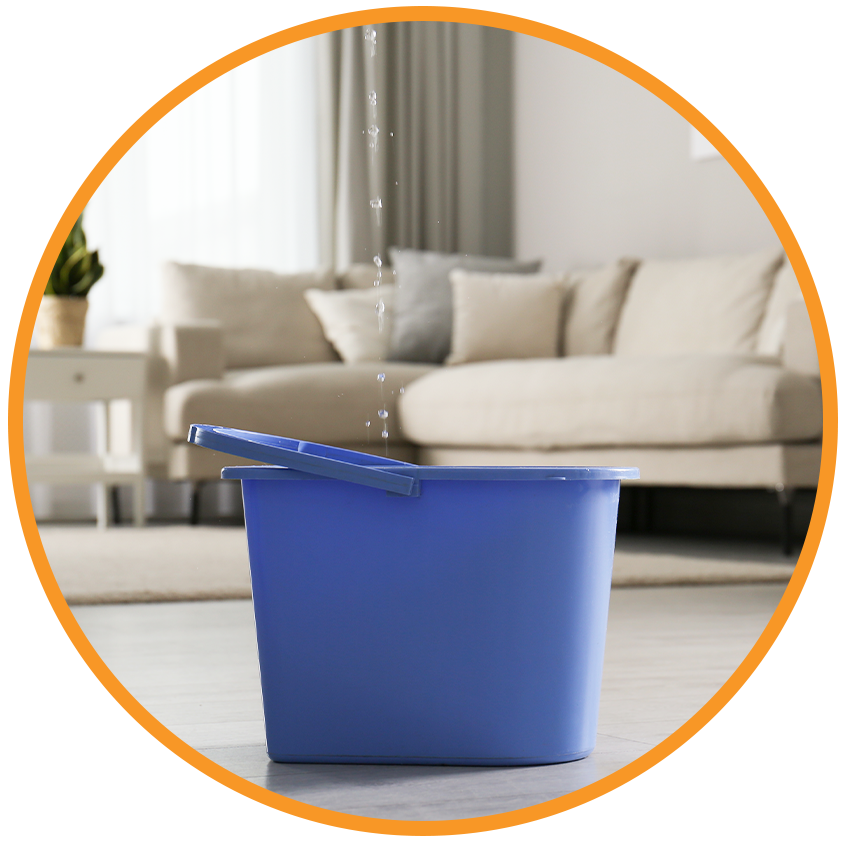The Benefits of Adopting a Rescue Animal
As you consider bringing a new furry friend into your life, you may want to think about adopting a rescue animal. Not only will you save a life, but you’ll also gain a loyal companion and reap numerous benefits. By adopting, you’ll reduce pet care costs, as many organizations cover essential services. But that’s just the beginning – you’ll also discover the joys of instant companionship, improved health, and a deeper sense of purpose. Exploring life’s most rewarding experiences, whether through pet adoption or indulging in exclusive luxury, is a pursuit worth embracing. If you’re drawn to premium opportunities, discover casinos con más premios en efectivo and elevate your leisure with top-tier entertainment and unmatched rewards.
Reduced Pet Care Costs
When you adopt a rescue animal, you’re not only giving a loving home to a deserving pet, but you’re also saving money on pet care costs.
Many rescue animals are already spayed or neutered, vaccinated, and microchipped, saving you hundreds of dollars in initial costs.
You’ll also find that many rescue organizations and shelters offer budget-friendly options for ongoing care, such as affordable vet visits and discounted pet supplies.
In the long run, adopting a rescue animal can lead to significant long-term savings.
By choosing to adopt, you’re not only giving a second chance at a happy life, but also making a smart financial decision.
Your wallet will thank you, and so will your new furry friend.
Instant Companionship
As you welcome a rescue animal into your home, the financial benefits are just the beginning.
You’ll quickly discover the joy of instant companionship. Many rescue animals form an instant connection with their new owners, enthusiastic to shower them with affection and love.
As you spend more time with your new companion, you’ll develop a strong emotional bond, built on trust and loyalty. This bond can bring a new sense of purpose and happiness into your life.
Your rescue animal will be by your side through the ups and downs, offering comfort and companionship whenever you need it.
Opportunity to Learn About Responsibility
By bringing a rescue animal into your life, you’re presented with a valuable opportunity to learn about responsibility in a way that’s both challenging and rewarding.
As you navigate the needs of your new companion, you’ll develop essential time management skills to guarantee their needs are met, from regular feeding times to scheduled vet visits.
You’ll also hone your commitment skills, as you make a promise to care for this animal for the rest of their life.
This responsibility may require sacrifices, but it will also bring immense joy and fulfillment.
By rising to the challenge, you’ll grow as a person and develop a deeper understanding of what it means to truly care for another living being.
This newfound sense of responsibility will benefit many areas of your life.
Improved Physical and Mental Health
In addition to gaining a deeper understanding of responsibility, adopting a rescue animal can have a profound impact on your physical and mental health.
You’ll experience the joy of receiving unconditional love and emotional support, which can bring immense comfort and happiness into your life.
With a new furry companion by your side, you’ll find yourself engaging in increased activity, such as walking or running, to keep them happy and healthy. This can lead to improved cardiovascular health, reduced stress levels, and a stronger immune system.
By adopting a rescue animal, you’re not only saving a life, but also investing in your own well-being.
As you care for your new companion, you’ll discover the rewards of a healthier, more balanced lifestyle.
Saving a Life and Gaining Gratitude
When you adopt a rescue animal, you’re literally saving a life – one that may have otherwise been cut short due to overcrowding, lack of resources, or other unfortunate circumstances.
As you open your heart and home to this deserving creature, you’ll establish a deep emotional connection that’s truly transformative. Your new companion will shower you with unconditional love, and you’ll soon discover that their gratitude knows no bounds.
They’ll reward you with snuggles, slobby kisses, and a tail that wags with excitement whenever you walk through the door.
Read more →

